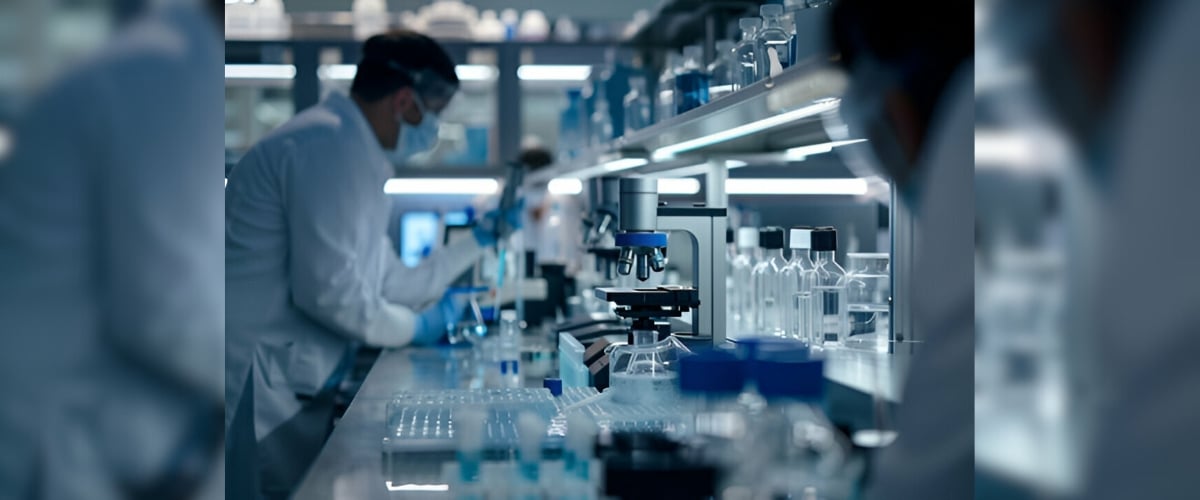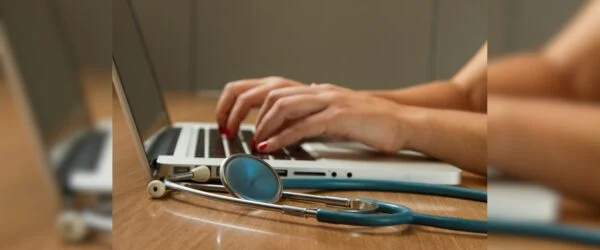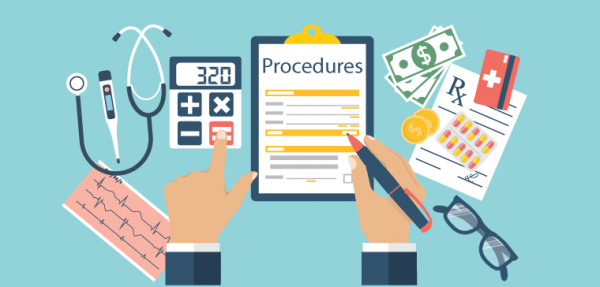October 24, 2025
Choosing the Right Instrument for Your Laboratory
- by Bridget Smudrick, BS, MLS (ASCP), Director of CLIA Compliance
Table of Contents
- Introduction
- Complexity Level
- Size and Space
- Personnel
- Maintenance
- Proficiency Testing
- Cost
- Conclusion
Introduction
A salesperson has just piqued your interest in the latest instrument used in chemistry testing. Currently, your patient population has a real need and you are always waiting on test results in order to confirm your diagnosis. Now, that shiny new instrument has great appeal indeed. As a physician, you rely heavily upon that salesperson to know what is best for you. However, as a point of contention, I say do not believe everything you hear. Some instruments are not a good fit for every office. In this blog, we will discuss how to choose an instrument that is right for your practice and what would be involved in integrating that instrument into your everyday workflow.
Complexity Level
The complexity level of the instrument you are interested in should be the first consideration. CLIA regulations say that your office may only test using instruments within your complexity level. While most physician office laboratories are waived, you may still choose to purchase a moderate complexity analyzer. The path to owning an instrument with a higher level of complexity than your office currently holds involves the modification of your CLIA certification. Modifying your complexity level involves the following steps:
- Identify an MD qualified to serve as a moderate complexity Laboratory Director.
- Apply to your state using a CMS-116 form along with proof of the credentials of your proposed Laboratory Director.
- Once approved, the purchase of your new instrument may be made.
Size and Space
The size of your new instrument may seem like a trivial consideration. However, without the proper space, your instrument will not work as designed and therefore will compromise patient results. Knowing the measurements and allowance for proper performance will allow you to choose the correct instrument for your available space. For instance, some analyzers even require space around them in order for maintenance or service to be performed when required. This extra space is often not considered when the idea of new instrumentation is presented. So, when pondering the size of the new instrument consider the following:
- Measurement of the instrument itself.
- The space required around the instrument for maintenance or service.
- The heat produced by the instrument – will your current HVAC unit handle the extra heat produced?
- Workflow with the existing instruments – if added, will you still have space to move around freely within the space?
Personnel
Personnel considerations are probably the most involved portion of your decision to add an instrument to your workflow. First of all, consider if you have enough personnel to handle the running of another piece of equipment. Consider if the personnel you currently employ are spread too thin with the current test menu and seem overwhelmed. If so, additional personnel should be added to handle the load. The additional quality control, maintenance, calibrations, linearities, patient samples and proficiency testing will all need to be managed and performed on the new instrument. Secondly, you should consider the level of ease with which the instrument may be used. If the instrument is not “user-friendly” it will create unnecessary stress which could possibly affect the accuracy of patient results in the end as required items may be overlooked. Training for any new test must be documented for all staff members who will be testing patients, running controls, testing proficiency samples, performing linearities, running calibrations or performing any type of maintenance on the instrument. So, the amount and duration of training should also be considered with any new instrument.
Maintenance
Maintaining the instrument should also be a factor to consider with any new instrument. Most analyzers have daily, weekly, monthly and “as needed” maintenance items that are required per CLIA to be performed. The company who sells and installs the instrument should provide you with a form which can be used to document all of the required maintenance. However, if they do not provide the form, your Technical Consultant will be able to assist you with locating the form or creating a form which can be used for this purpose. Calibration verification is also a necessary requirement for most analyzers. Calibration verification is to be performed on any analyte with fewer than three levels of calibrator. Creating reminders which can be posted in the laboratory for when performance of all of these maintenance items are to be performed is a great way to ensure all requirements are met.
Proficiency Testing
Proficiency is always a confusing part of running a physician office laboratory. The simple fact is that all regulated analytes are required to have proficiency testing each year and be successful. CMS has a complete list of these analytes on their website, but your Technical Consultant will be able to inform you which analytes require proficiency testing. Adding your new instrument to your existing proficiency testing order, if you already have one, is a requirement for all of the regulated analytes you are now testing with your new instrument. Your Technical Consultant or proficiency companies like the American Proficiency Institute(API), the American Association of Bioanalysts Medical Laboratory Evaluation(AAB-MLE) or the College of American Pathology(CAP) will assist you in choosing the correct program for your test menu. With some educated advice, you can make an informed decision and remain compliant while adding a new instrument.
Cost
One final item to consider, however probably the most significant when contemplating the purchase of a new instrument, is cost. At first, the cost of bringing on a new instrumentation may seem daunting. However, you should evaluate the number of patient samples you send out for testing, the cost of that testing elsewhere and compare that to the reimbursement your office would receive by testing those samples in-house. In addition, the cost of the analyzer, the cost of validation, the cost of reagents, the cost of additional personnel and the cost of proficiency samples should all be evaluated as part of the return on your investment. If all of these points tell you that it is financially feasible to profit while adding the new instrument, then the new instrument is a good investment for your practice.
Conclusion
All in all, bringing in a new instrument to use at your facility is a multifaceted project for sure. Taking into account the complexity level you have to work with, the space you have free to use, the size of the instrument, the ease of use for testing, the additional personnel you may need, the maintenance the instrument requires, the additional proficiency testing fees and the overall cost of the analyzer can feel overwhelming. However, if you evaluate the return on your investment before you make the purchase, an educated decision can be made. Your Laboratory Director and Technical Consultant should always be consulted on decisions such as this which directly affect your laboratory as they will have the knowledge and experience to offer the advice you need to truly make an informed and responsible decision. Please feel free to use the following checklist along with the items discussed in this blog as a good start to the evaluation points required:
- Complexity level of your practice versus the complexity level of the instrument.
- Size of the analyzer versus the space you have available.
- Can the current personnel handle the addition of a new instrument?
- Maintenance of the new instrument
- Proficiency testing cost and workload
- Overall cost
DoctorsManagement has been assisting clients in developing CLIA compliant laboratories for over 30 years. Our team is able to assist with any complexity level and with all areas of compliance. In fact, we offer consulting for topics such as quality control, quality assessment, proficiency testing, records retention, personnel file review, review of and assistance with instrument validation, inspection preparation, inspection response and more. Our expert team has all of the forms, manuals and experience required to create a laboratory with results you can depend on.























